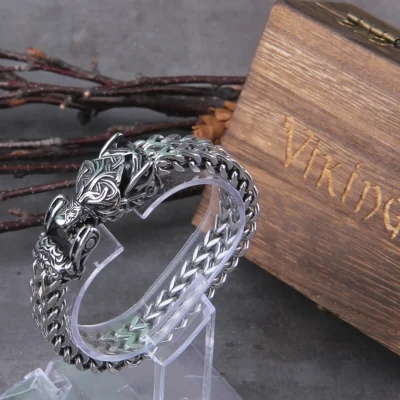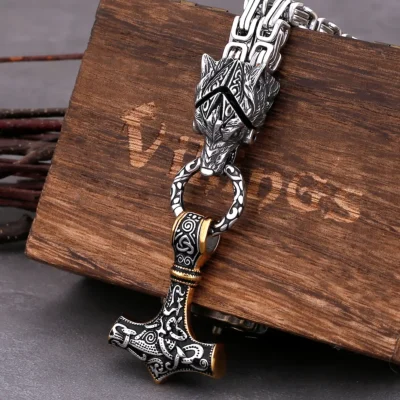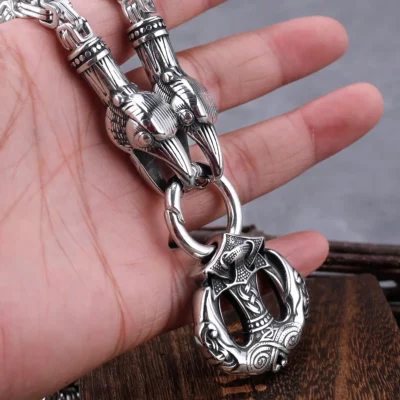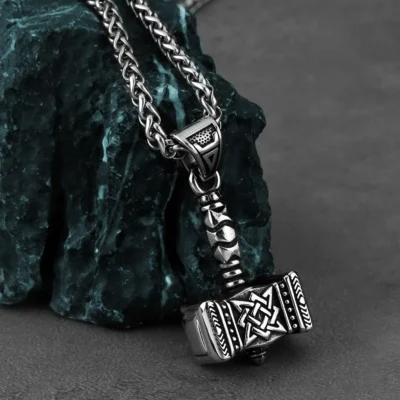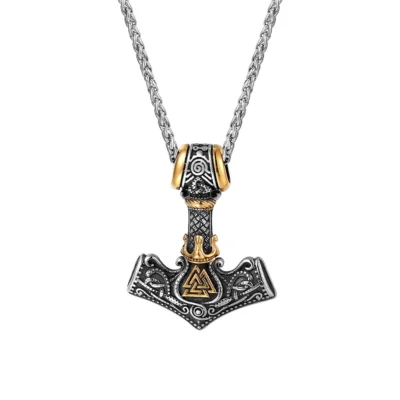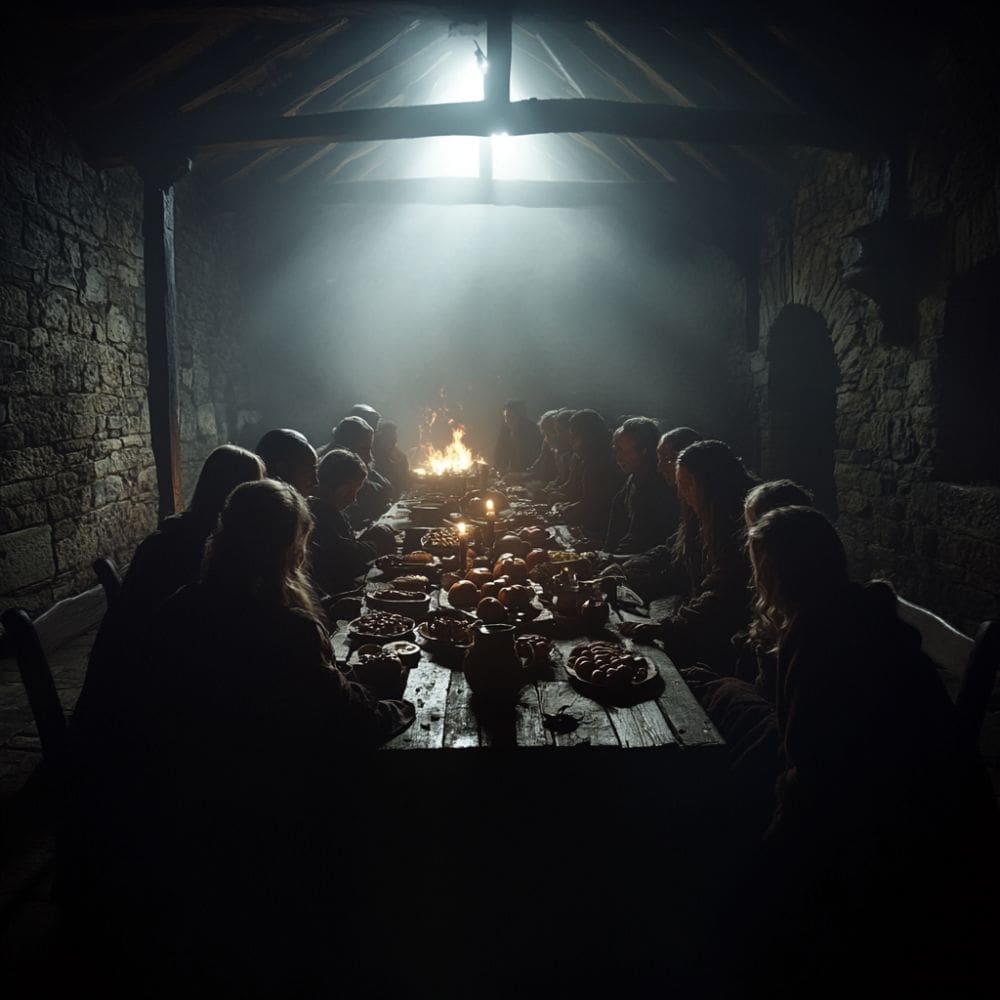
Traditions of Food, Feasts and Folklore of Halloween
The roots of Halloween reach deep into medieval history, blending ancient beliefs, Christian practices, and folklore. Halloween as we know it evolved from Samhain, an ancient Celtic festival marking the end of the harvest season and the onset of winter, a liminal time when the veil between the living and the dead was thought to thin. By the medieval era, many regions had adopted Christian customs that still preserved hints of older pagan traditions. Food, drink, and feasting were at the heart of these celebrations, with specific dishes and customs used to honour the dead, celebrate the harvest, and prepare for winter.
In this article, we’ll explore the food, customs, and role of feasts in medieval Halloween traditions, including the famous “soul cakes” and other symbolic fare that marked this magical time of year.
The Feast of All Hallows and the Rise of Soul Cakes
By the Middle Ages, Halloween became associated with the Christian observance of All Hallows’ Eve, the night before All Saints’ Day (1 November) and All Souls’ Day (2 November). These dates honoured saints and remembered the souls of the dead, particularly the departed who had not yet reached heaven. For these occasions, the faithful would bake “soul cakes,” small, spiced biscuits made with ingredients like nutmeg, cinnamon, and raisins. These cakes were often marked with a cross and were distributed to the poor in exchange for prayers for the dead. This tradition, called “souling,” involved children and adults alike going from door to door, offering prayers for the departed in exchange for cakes, ale, or other treats.
The soul cake ritual highlights the medieval belief in the importance of aiding the souls of the dead through prayers and charity. As the living feasted and gave freely, they strengthened community bonds and demonstrated spiritual solidarity. The cakes themselves were not only sustenance but also reminders of mortality, faith, and the role of generosity. Souling spread across England and parts of Europe, embedding itself in rural communities and gradually evolving into the trick-or-treat custom we know today.
Festive Fare: Foods and Beverages of Medieval Halloween
Halloween feasts in the Middle Ages varied by region, but certain staple foods and ingredients were prevalent across Europe. Feasts marked a transition from autumn to winter, incorporating fruits, nuts, grains, and spices symbolic of the season’s end and winter’s onset. Popular fare included:
1. Soul Cakes
As mentioned, soul cakes were the signature Halloween treat, small and simple, yet laden with symbolism. Made of flour, butter, and seasonal spices, these cakes were often flavoured with cinnamon and nutmeg, reflecting the late medieval increase in spice trade. Raisins or currants were sometimes added, representing the “fruit of the harvest.” These cakes were not only gifts but a form of ritualistic giving, shared with the poor, emphasising charity as the winter approached.
2. Apples and Apple Dishes
Apples were central to many medieval autumn festivities, particularly at Halloween. The abundance of apples from the harvest lent itself to various customs, including the classic game of bobbing for apples, which was popular during medieval feasts. Apples were often roasted or spiced and could be found in tarts, ciders, and mulled drinks. In some regions, apple peel was tossed over the shoulder, with the shape it formed on the ground supposedly revealing one’s future spouse’s initials.
3. Roasted Meats and Pies
While fruits and cakes were popular, many Halloween feasts also included hearty roasted meats, such as pork or mutton. Meat pies, filled with these proteins along with root vegetables, made frequent appearances at feasts. The medieval diet was mostly plant-based for common folk, but Halloween and All Hallows’ Eve offered an excuse for indulging in protein-rich meals, celebrating the final bounty before winter scarcity.
4. Nuts and Nut-Based Dishes
Nuts, especially hazelnuts and chestnuts, were abundant during this time of year. Chestnuts were often roasted, ground, or used as an ingredient in various dishes, while hazelnuts were used in fortune-telling games. The custom of throwing nuts into the fire to see if they burned steadily or cracked was popular; a steady flame meant a stable marriage, while a cracked nut indicated discord.
5. Mulled Ciders and Ales
No medieval Halloween feast was complete without beverages. Mulled cider, ale, and occasionally wine were staples, especially when mixed with spices such as cloves, cinnamon, and ginger. These warming drinks embodied the transition from the cooling days of autumn to the chill of winter and were believed to help fortify against illness.
Customary Games and Folklore
Medieval Halloween celebrations were as much about entertainment as they were about feasting. Games, divination practices, and ritualistic acts brought a sense of community and mystery to the gatherings.
Apple Bobbing
The well-known game of bobbing for apples likely originated during these medieval celebrations. Participants would attempt to grab apples floating in water using only their mouths. It was not only fun but also served as a form of divination; those who successfully caught an apple would supposedly enjoy good fortune or find love within the year.
Hazelnut Fortunes
Another popular custom involved hazelnuts, which were often used in divination rituals. In one tradition, people would assign names to hazelnuts and place them on a hearth. The nuts that burned steadily represented true love, while those that popped or cracked symbolised a fickle heart. This custom, light-hearted yet rooted in superstition, reflected the medieval fascination with fate and the supernatural.
Bonfires and Ghostly Tales
Bonfires were lit to ward off evil spirits, a practice rooted in ancient Celtic customs that carried into the medieval era. Villagers would gather around these fires, sharing ghostly tales, songs, and legends of the “wild hunt”—a spectral procession of the dead thought to roam the countryside during Samhain. These bonfire gatherings created a protective space where people could share in their fears of the supernatural as a community.
Feasting as a Communal Act of Transition
For medieval people, Halloween feasts represented more than just the joy of eating; they marked a transition. As the last harvest festival before winter, Halloween was a time to reflect on the year’s bounty and prepare for the hardships of the coming cold months. Villagers would often hold communal feasts, combining their resources to ensure no one faced the winter alone.
Communal feasts fostered a sense of unity, offering an opportunity to strengthen social ties and reaffirm collective resilience against the coming hardships. These gatherings took place in halls or barns, often by firelight, creating a warm, shared experience. Food brought people together, and for a society deeply tied to seasonal cycles, feasting at Halloween was a powerful ritual of gratitude, anticipation, and hope.
The Supernatural Beliefs Behind Halloween Traditions
In medieval times, the supernatural was very real, and Halloween was seen as a night when spirits, fairies, and otherworldly beings could enter the mortal world. Food played a protective role in this regard; it was common to leave offerings of bread or milk outside to appease wandering spirits or fairies. Some believed that failing to offer food to the spirits could lead to misfortune or illness in the family.
Moreover, it was customary for people to disguise themselves or wear costumes during Halloween festivities. The origins of this practice lay in the belief that dressing up could confuse or ward off malevolent spirits roaming the earth. People wore simple masks or dark cloaks, blending in with the night and avoiding supernatural harm.
The Legacy of Medieval Halloween
Medieval Halloween, filled with soulful cakes, warming ciders, and divination games, was a blend of Christian and pagan traditions, creating a holiday rich in symbolism and communal unity. Food was not merely sustenance but a meaningful gesture—shared, gifted, and offered with purpose. Halloween allowed medieval society to embrace the supernatural, show generosity, and fortify community bonds in preparation for the harshness of winter.
Today, while Halloween has evolved, traces of these medieval customs endure. Soul cakes transformed into Halloween treats, apple bobbing remains a classic game, and our feasts, though now more secular, still echo the sense of seasonal transition. As we gather to celebrate Halloween, we continue an ancient ritual, blending food, fun, and folklore in a way that pays homage to our ancestors’ wisdom and wonder.

